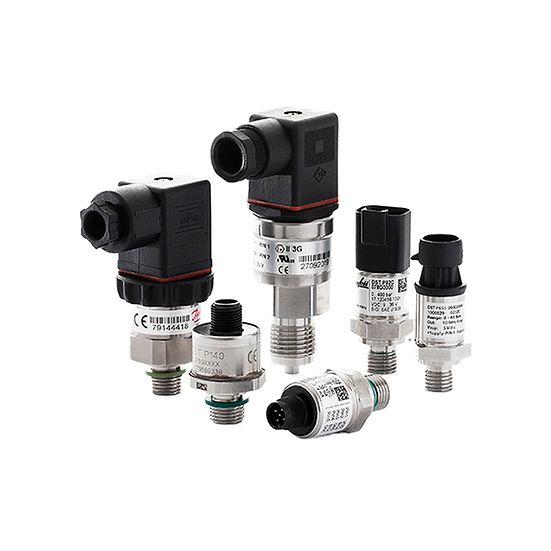
Pressure Sensor
To understand pressure sensors, first, you need to understand the pressure. Pressure is an expression of force exerted on a surface per unit area.
We commonly measure the pressure of liquids, air, and other gases, amongst other things.
The standard unit for pressure is the “Pascal”. This is equivalent to one “Newton per meter squared”.
A pressure sensor simply monitors this pressure and can display it in one of the several units known around the world. This is commonly the “Pascal”, “Bar”, and “PSI” (Pounds per Square Inch) in the United States.
In a nutshell, a pressure sensor converts the pressure to a small electrical signal that is transmitted and displayed.
These are also commonly called pressure transmitters because of this. Two common signals that are used is a 4 to 20 milliamps signal and a 0 to 5 Volts signal.
Pressure sensors are used to measure three types of pressure.
First being “Gauge Pressure”.
This is measured in reference to atmospheric pressure which is typically 14.7 PSI.
You will show a “positive” pressure when it is above atmospheric pressure and a “negative” when it is below atmospheric pressure.
The next type is “Absolute Pressure”.
Simply put, this is the pressure as measured against absolute vacuum. A full vacuum will have an absolute pressure of zero PSIa and increase from there.
If you need to read a pressure that is lower than atmospheric pressure, this is the type of sensor you would use.
The last type that is commonly monitored in the industry is “Differential pressure”.
This is exactly what it sounds like, the difference between two pressures, a pressure being measured and a reference pressure.
Product Info
The Innovative Brains make pressure sensors are used to measure the running hydraulic oil pressure in various types of equipments such as cranes, forklifts, excavators etc.The electrical signal recieved from pressure sensors is used to calculate weight lifted by mobile cranes, forklifts,dumper trucks,excavators etc.